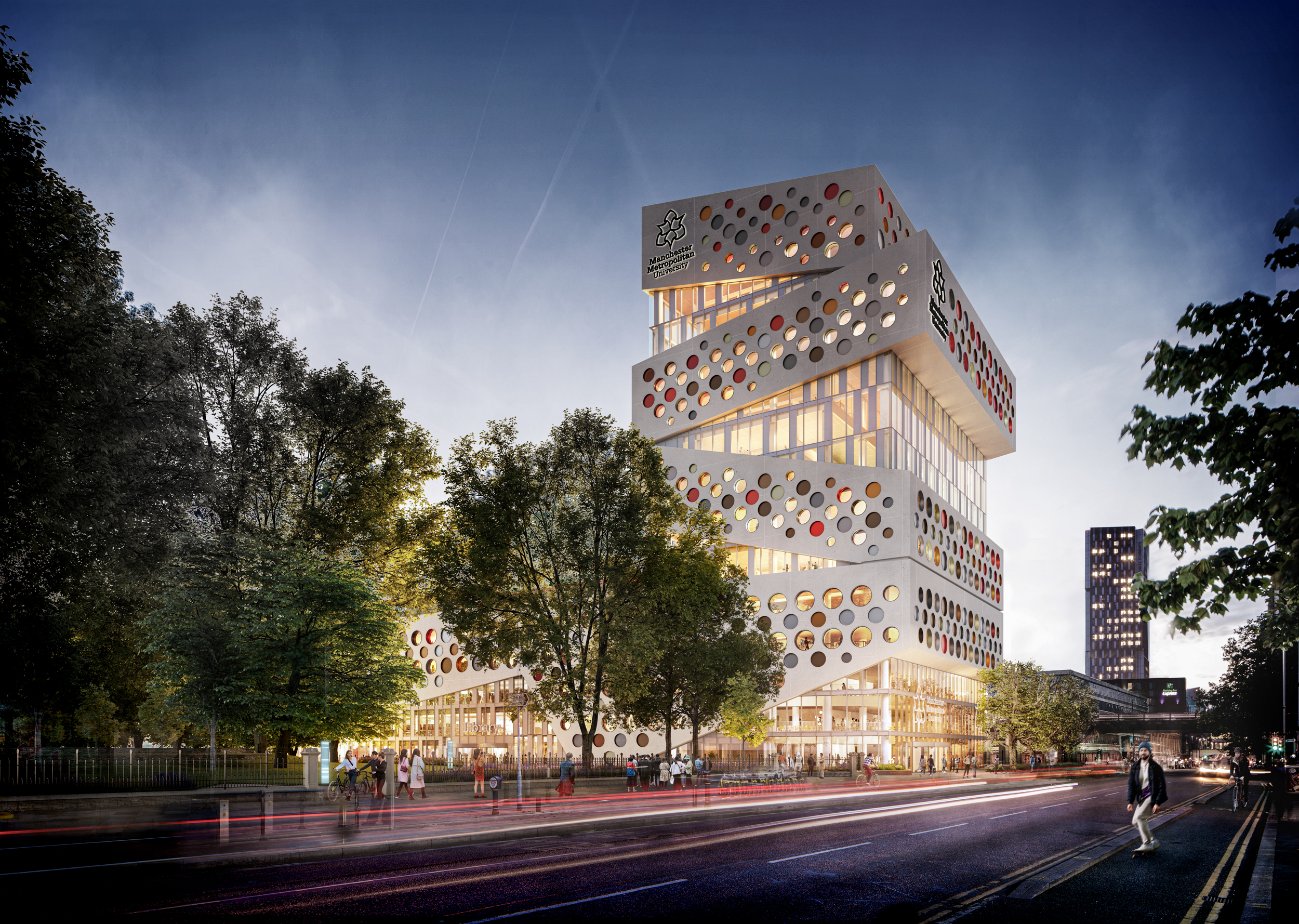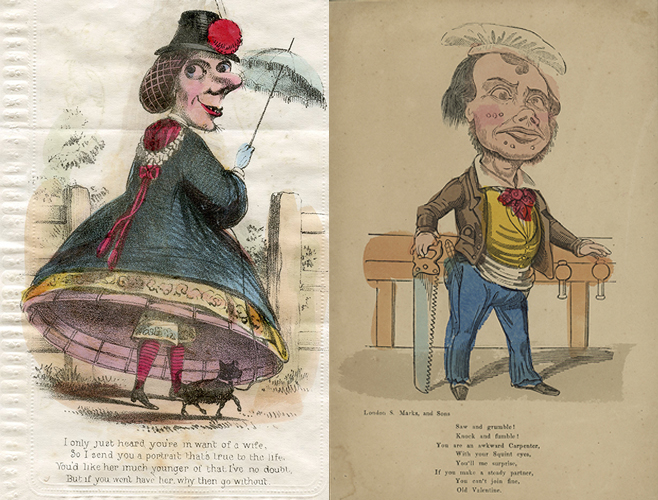News | Friday, 22nd May 2020
Climate change warning: tropical forest’s carbon-storing ability diminishes in temperatures above 32°C
Four Manchester Met academics involved in research published in prestigious journal Science

Tropical forests face an uncertain future under climate change, but a new study suggests they can continue to store large amounts of carbon in a warmer world — but only if countries limit greenhouse gas emissions.
The world’s tropical forests store a quarter of a century’s worth of fossil fuel emissions in their trees alone and keeping this carbon locked up is an important part of fighting climate change.
However, there are fears that global warming can reduce this store if tree growth slows or more trees die, releasing the sequestered carbon into the atmosphere and accelerating climate change.
In a world first, an international team of researchers, including four Manchester Metropolitan University scientists, measured over half a million trees in 813 sites across the world’s tropical forests – including the University’s own research station in the middle of the Ecuadorian rainforest - to examine the relationship between the amount of carbon each forest stores to the climatic conditions the forests grow in.
Published in Science, the research has revealed that the amount of carbon tropical forests store varies very little over a broad temperature gradient. However, above an estimated threshold of 32 degrees Celsius forests lose carbon more rapidly.
This result indicates that tropical forests can continue to store large amounts of carbon in a warmer world, but only up to a point.
Lead author Dr Martin Sullivan, Lecturer in Statistical Ecology at Manchester Metropolitan, said: “Below the 32 degree threshold, tropical forests respond more weakly to increasing temperature than predicted by most climate models. However, once we pass above this threshold each degree increase in temperature releases four-times as much carbon than below the threshold.
“The 32 degree threshold highlights the critical importance of urgently cutting our emissions to avoid pushing too many forests beyond the safety zone.
“For example, if we limit global average temperatures to a 2°C increase above pre-industrial levels, this pushes nearly three-quarters of tropical forests above the heat threshold we identified.
“Any further increases in temperature will lead to rapid losses of forest carbon.”

Forests release carbon dioxide into the atmosphere when the amount of carbon gained by tree growth is less than that lost through tree mortality and decay.
The research suggests that over the long-term temperature has the greatest effect on forest carbon stocks by reducing the rate at which trees grow.
Hot and dry conditions also reduce carbon stocks by limiting the length of time trees live for.
The study is the first to analyse long-term climate sensitivity based on direct observation of whole forests across the tropics.
Trees are long-lived, so even with decades of monitoring we can only see their short-term responses to climate change.
This study addressed this problem by instead looking at variation between different locations in the world.
This captures how forests could respond to climate change after having had enough time to adapt.
The extraordinary diversity of tropical forests is key to this potential to adapt. Co-author Dr Hannah Mossman, Senior Lecturer in Ecology at Manchester Metropolitan University, explained: “As forests warm, tree species that thrive in the new conditions can move in to take the place of those species that struggle. It takes a long time for this to happen, so the only way to see this full adaptation potential is to compare forests growing in different climates.
“To fulfil this adaptation potential trees need to be able to move to colonise new places. We therefore need to ensure we connect and protect the forests that remain.”
These insights into how the world’s tropical forests respond to climate were only possible with decades of careful fieldwork, often in remote locations.
A global team of over 200 researchers combined forest observations across South America (RAINFOR), Africa (AfriTRON) and Asia (T-FORCES). In each monitoring plot, the diameter of each tree and its height was used to calculate how much carbon they stored.
Plots were revisited every few years to see how much carbon was being taken in, and how long it was stored before the trees died.
To calculate changes in carbon storage required identifying nearly 10,000 tree species and over two million measurements of tree diameter, across 24 tropical countries.
One of these monitoring plots was installed at Manchester Metropolitan’s Timburi Cocha research station in Ecuador.
Study co-author and research station founder Richard Preziosi, Professor of Ecology and Director of the Ecology and Environment Research Centre at Manchester Metropolitan University, said: “Tropical forests constitute the most biodiverse places on the planet.
“Research stations not only provide the infrastructure to allow long-term monitoring so we can unravel their secrets, but also provide fantastic opportunities to inspire the next generation of scientists.
“Every year Manchester Metropolitan takes students to Ecuador where they have the opportunity to contribute to exciting research such as this.”




